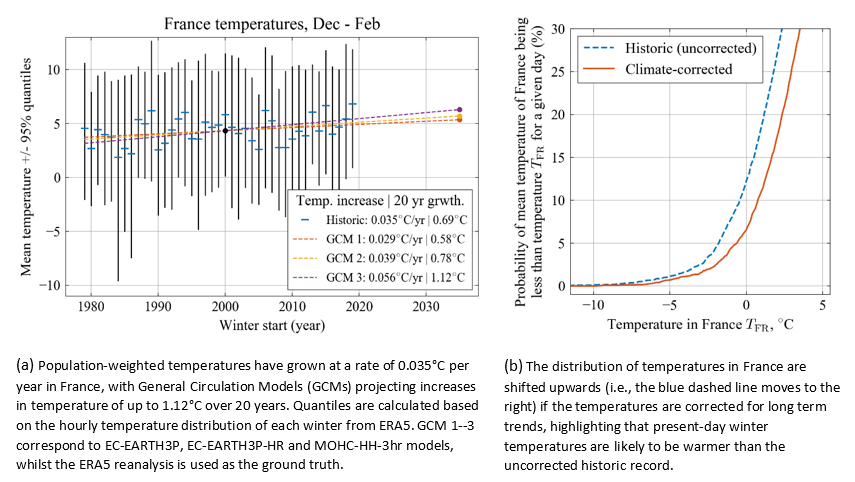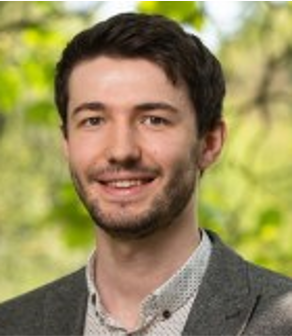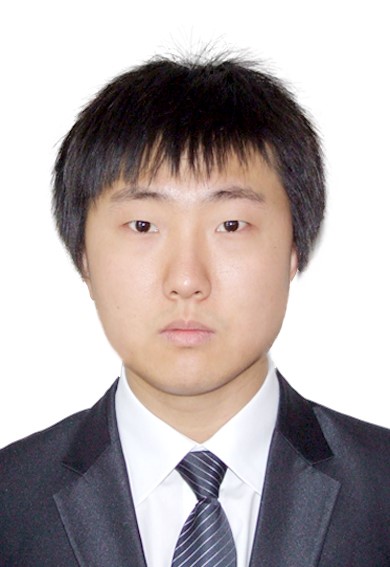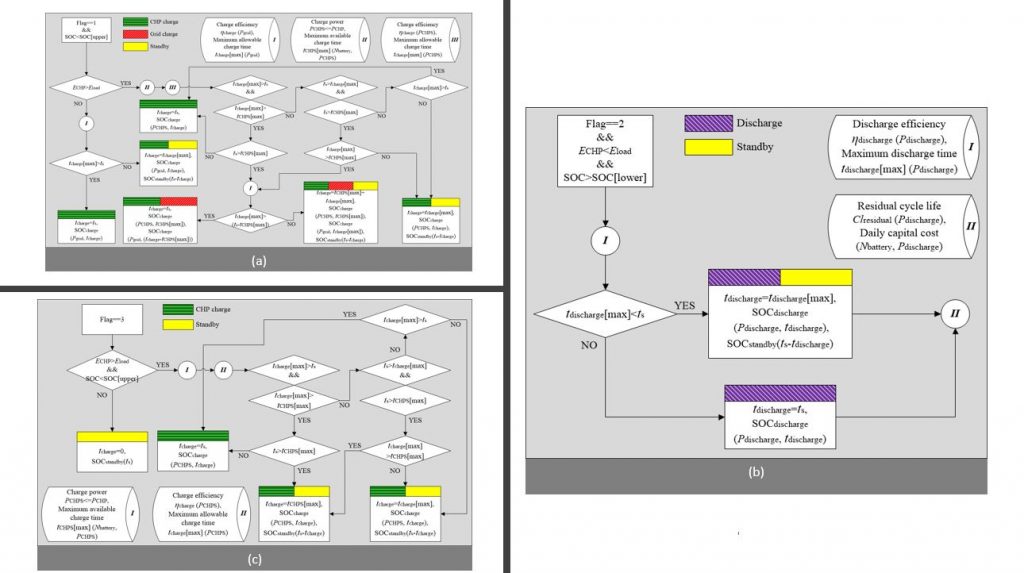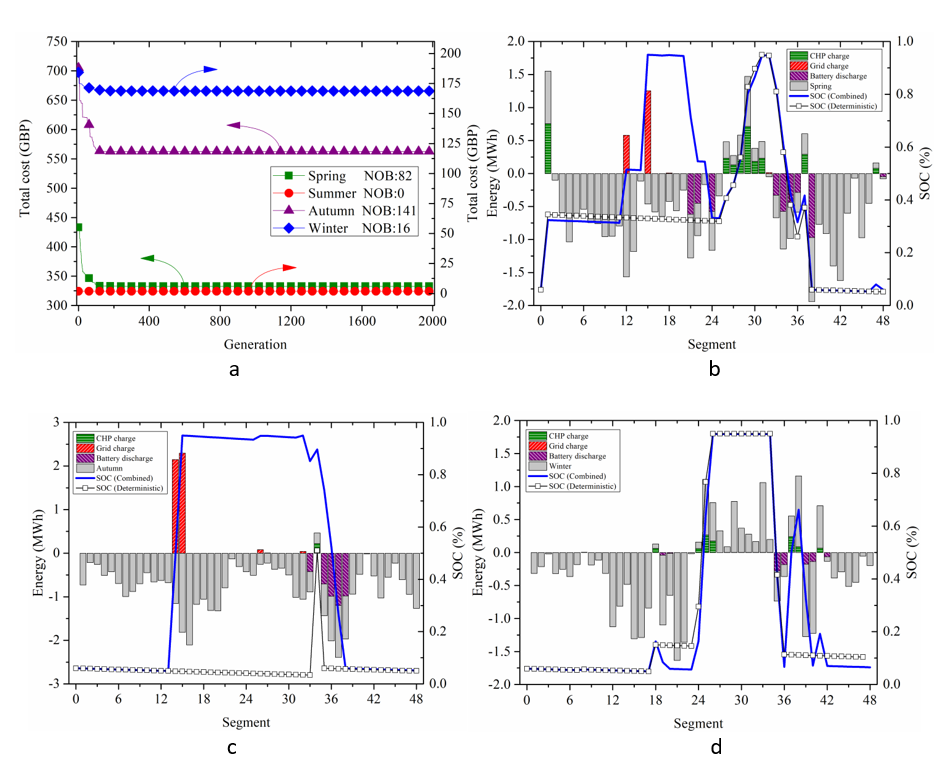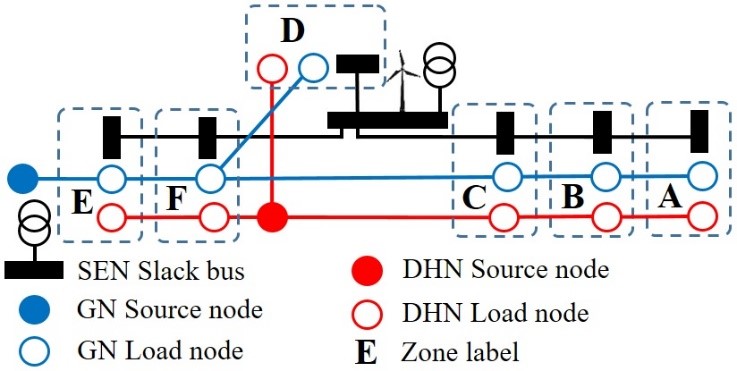Xin Zhang works as a Senior Lecturer in Electronic and Electrical Engineering at Brunel University London and was recently awarded a UKRI Future Leaders Fellowship.
Transition from Industry to Academia
I worked at National Grid ESO for eight years before I returned to academia as a senior lecturer. My industry work involved in the real-time operation of the UK Electricity Transmission Systems, where I worked on shift patterns with five other shift teams and over a hundred engineers. We worked together to ensure the electricity supply met demand on a second-by-second basis, a core function of a GB Electricity System Operator.

“I am proud to tell my neighbours and friends that I was one of the power system engineers to keep the lights on”
My motivation to move to academic research initiated from a night shift when I was on the energy desk, there was so much wind on the system and the whole system was reaching security limits. I started to think about future technologies and solutions to solve real-time engineering problems. One day, I felt the power systems needed fundamental changes to accommodate more renewables, which has evolved so fast from 5% to almost 50% in the past ten years. Such fundamental change could be the combination of “3D – decarbonisation, decentralisation and digitalisation”, where I was so looking forward to participating in such energy system transitions.
I decided to take up a senior lecturer position in energy systems (future grid) at Cranfield University in April 2019. I remember the last day when I worked in the Electricity National Control Centre, I had finished my night shift at 7:00am and handed over my company budget. I told myself that I have now become a full-time academic researcher.
Research Funding
Changing career from industry to academia is never easy, particularly to establish myself in an academic research environment, where I need to set up my own research team and agenda. Research funding is a key factor to grow and sustain my research activities. In the first six months of my research career, I was lucky enough to receive my first research grant from the Flexible Fund Call from the Supergen Energy Networks Hub.
I went through a competitive funding selection process from project outlines to full proposal development. I was firmly supported by the Supergen Flexible Fund as my start-up grant to recruit my first research assistant, as well as to set up my first PhD student. With this initial support, I managed to publish two important journal papers to establish myself in the field, as well as to successfully secure future research funding including two T-TRIG grants from the Department for Transport, as well as an EPSRC Doctoral Training Partnership award.
I worked closely with the Supergen Energy Networks Hub in most of my funding applications as well as research activities. Through the Supergen Energy Networks Hub, I connected with several relevant industrial partners to strengthen my research, I was mentored by several senior Hub members. As an Early Career Researcher (ECR), I particularly valued the networking support from the Supergen Energy Networks Hub through the various hybrid events, including the Industrial Advisory Committee meetings, research webinars and regular Hub meetings in Manchester, Birmingham and London.
“Transiting career from industry to academia is never easy, that’s why I am so glad to receive a prestigious £1.8m UKRI Future Leaders Fellowship to make it happen.”
Future Leaders Fellowship
I recently applied for a Future Leaders Fellowship, during the application process, I was supported by the Hub’s internal proposal review and mock interview, which ensured that I receive the best possible support from the Energy Networks community.
In my project: “Digitalisation of Electrical Power and Energy Systems Operation”, I will lead the application and development of advanced digital technologies for the energy sector in order to improve the interoperability and whole system reliability of real-time power system operation with up to 100% low-carbon and renewable energy. This will support the digital transformation across electrical power and energy systems in order to achieve the UK’s net-zero emissions target.
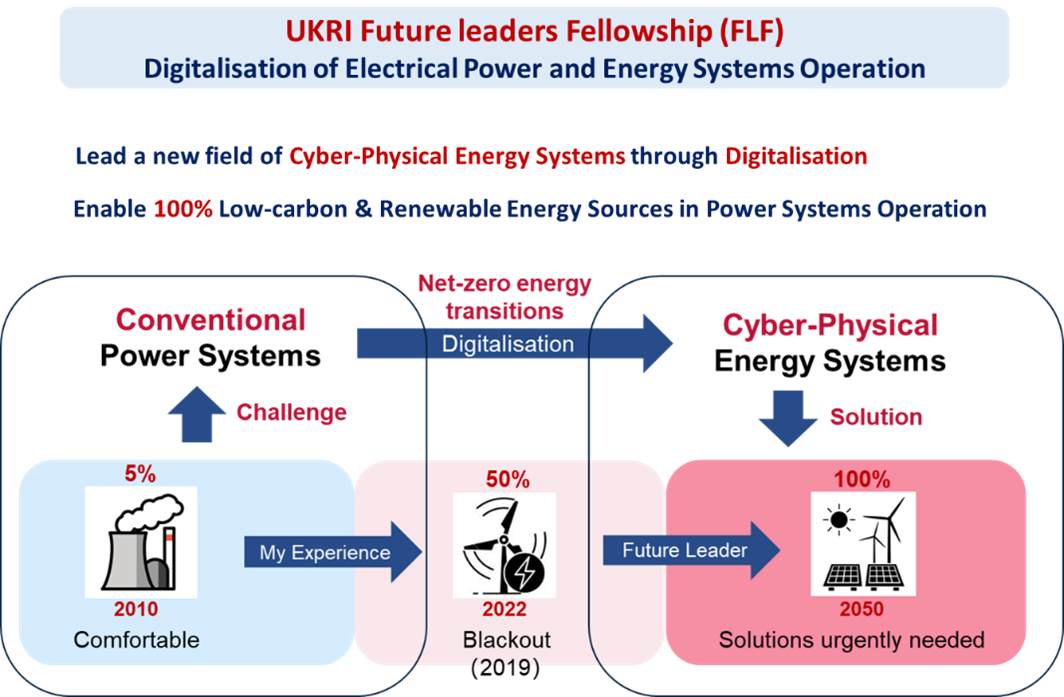
The research project associated with my Fellowship will pioneer the development of cyber-physical energy systems modelling methods and co-simulation platform-as-a-service approaches to enhance real-time power system operation. The novel techniques will be deployed with regard to energy management systems in order to enhance the reliability and interoperability at the whole system level across electricity system operators (transmission, distribution and renewables).
Next Steps
I am confident in achieving future leadership in power and energy system digitalisation and leading an internationally-recognised research team supported by 11 industrial partners and research societies including Supergen Energy Networks Hub as a key project partner.
“Future Leaders Fellowships support talented people in universities, businesses, and other research and innovation environments. The aim of the scheme is to develop the next wave of world-class research and innovation leaders in academia and business.”
My Future Leaders Fellowship project will closely link with the Supergen Energy Networks Hub, with a consortium of Universities. Supported by Supergen, I will expand my academic networks with other key stakeholders in the UKRI Energy Programme including the Supergen Programme. This is important to further develop my international influence and new relationships, a key strategy to develop as a future leader in research and innovation.





 M) at the University of Bristol.
M) at the University of Bristol.
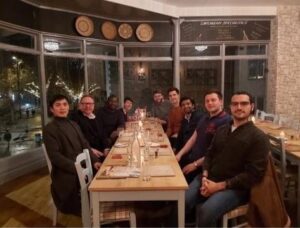


 Electrical Engineering and is also a Postdoctoral Research Associate in Future Energy Networks at the University of Bristol with the Department of Electrical and Electronic Engineering.
Electrical Engineering and is also a Postdoctoral Research Associate in Future Energy Networks at the University of Bristol with the Department of Electrical and Electronic Engineering.


